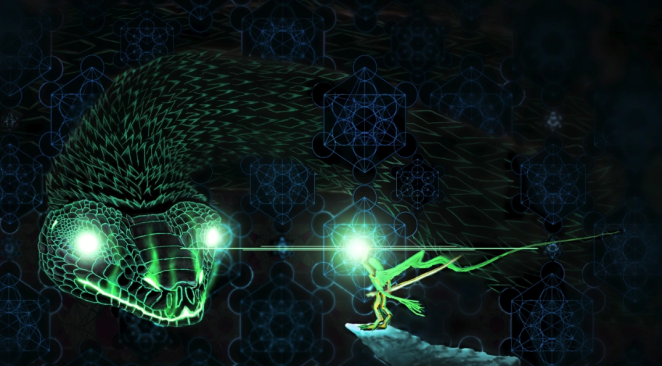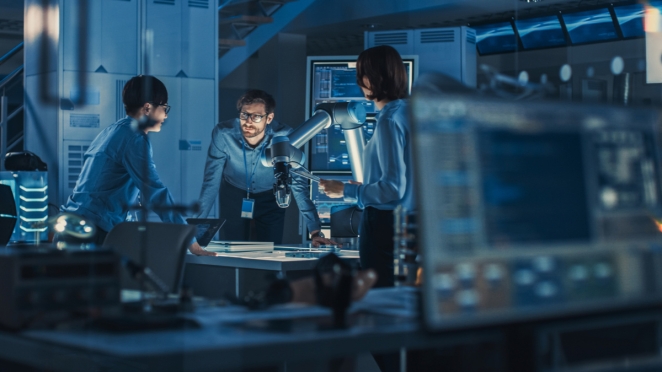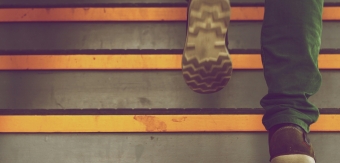“Roko’s Basilisk” is a popular thought experiment. It proposes a hypothetical situation in which an all-knowing, all-powerful. An evil artificial intelligence comes into power in the future. It may want to destroy every human who didn’t contribute to its creation. The question arises. Should you prevent AI’s progression to delay its potential destruction or contribute to ensure your safety?
Remember, it’s just a thought experiment and doesn’t require life-changing decisions. However, it does raise important questions about the current use of AI in our world. Is the use of AI today contributing to the creation of Roko’s Basilisk? AI is becoming increasingly prevalent and powerful with each passing day.
For instance, that AI-generated YouTube thumbnail you created – could it be a stepping stone towards omnipotent AI? Nevertheless, instead of worrying about the hypothetical implications of your answer, you should focus on the real effects of AI’s use, such as taking jobs away from creatives.
Writing this article presents an opportunity to discuss the ongoing conversation that is shattering the foundations of every creative industry. Is using AI unethical? Does it have any place in the workplace? Is AI killing art?
The answers to these questions are sometimes, possibly, and no. Here’s why:
Is AI unethical?

When discussing AI-generated imagery, many people argue that it creates something from nothing. However, in reality, it is making something from everything. This is not the same logic as “all music is influenced by other music.” Instead, it aligns more with the ongoing replacement of workers by automation.
Some early proponents of AI have made the dangerous claim that there is no longer a need for artists, graphic designers and other creative professionals. These threats are based on the theft of artistic style without any of the reasoning behind it. This creates a shallow imitation, a soulless doppelganger of the human experience that is the creation of art.
The dangers of AI extend beyond just its impact on the job market. AI-generated artwork and other creative works pose a significant threat to artists and their livelihoods. Some may argue that because the original artist did not create the AI-generated piece, it does not infringe on any copyright.
However, this claim disregards the blatant theft of artistic style and the lack of compensation for the original artist. Unfortunately, the current state of AI is unregulated, and there are no laws in place to protect artists from such infringements.
Using AI to replace artists and avoid commissioning their work is unethical and harmful to the industry’s innovation. It undermines the creativity of both established and emerging artists and limits their opportunities for growth and recognition.
AI in the workplace

When it comes to using AI tools in an ethical way for your own convenience, there may be some possibilities, but not in the form of image generation. Rather, it could be in the form of enhancing the work that you have already created.
Copywriters, for instance, may benefit from using AI tools such as ChatGTP, but not to generate entire pieces of content. Instead, they can use it for smaller tasks like simplifying copy, changing the tone of sentences, or creating basic templates to save time and focus on the more important aspects of their work.
However, if these tools are used to replace the jobs of human workers, it becomes one of the dangers of AI in the workplace. Although ChatGTP can be used to write code or generate content, it lacks the human element that is necessary for creating engaging and relatable work.
Factors such as humour, originality and relatability get different responses from everyone. AI cannot predict these things with complete accuracy. Therefore, humans must be involved in the creative process in order to achieve the best results. Relying too heavily on AI tools can lead to a lack of originality and creativity, which can be detrimental to the success of a project.
Are the dangers of AI killing art?
AI-generated art is not true art. The algorithm used by AI scrapes information from the internet and pieces together a final product based on pre-existing articles, pictures, and songs. Like a robot is not human, the products created by AI cannot be considered art. AI “art” is essentially stolen art, lacking originality and meaning.
Some businesses may be tempted to use AI art as a shortcut, but ultimately, they will find that it does not help them stand out from their competitors. Without a personal touch or unique qualities, potential clients will lose interest. In other words, everyone will eventually reap what they sow.
Support and encourage
While the use of AI in business is a matter of individual preference, it is important to support the creative sectors of the industry. It is the innovative artists who have dedicated years to mastering their craft that are leading the charge in shaping the future of the industry. Ignoring their work in favor of AI-generated products not only robs them of their livelihoods, but also robs society of true art.
In conclusion, the dangers of AI in art are clear. While it may seem like a convenient solution, AI-generated art is not true art and ultimately has no real value. It is essential to continue supporting and encouraging the talented artists who are pushing the boundaries and creating truly meaningful work.






